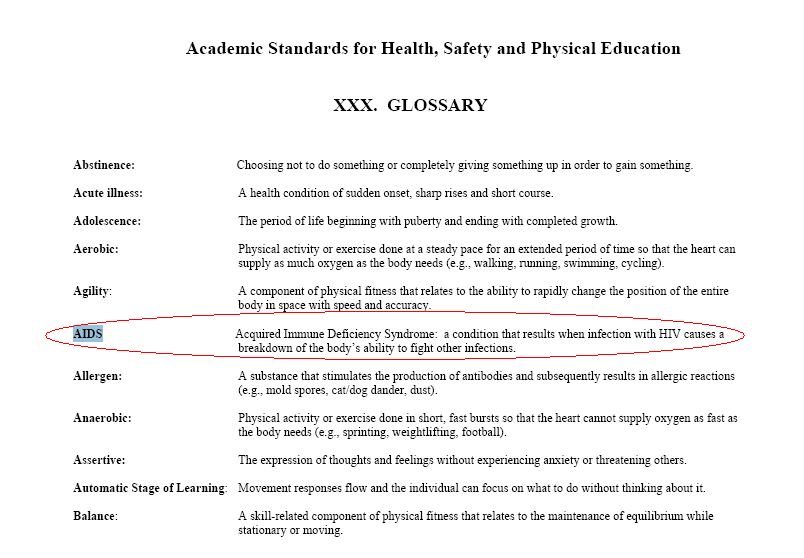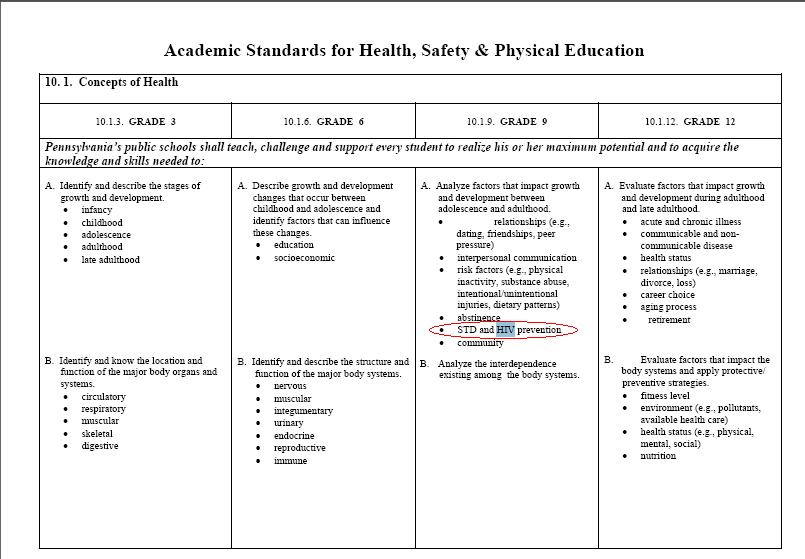| Home |
| My Story |
George’s hemophilia helped me understand the true risks of contracting HIV/AIDS even in school. While my high school did talk about HIV and AIDS in our health classes, they were brief 30 minute sessions split up by “always use protection” and “just don’t have sex” interjections. To be quite honest, I don’t even recall anything that was said in class about HIV/AIDS. My high school tended to simply brush over the subject without giving anyone in class a real understanding of the AIDS epidemic, or the continuous health issues with HIV. My real understanding of HIV/AIDS came from the clinic where my sister and I would donate blood for George. The doctors there would explain to us why we would donate our blood every month, instead of letting George receive transfusions. When I was 8, one hematologist even tried to explain AIDS to me by making a retrovirus cartoon, complete with super white blood cells. So where my school lacked in the AIDS epidemic, the clinic picked up. Unfortunately, not everyone in my school had a hemophiliac brother, and because of such inadequate education concerning HIV/AIDS, many of them will never really know about the true epidemic coursing through our nation.
|
Fox Chapel Area High School |
 |
| Education |
| Media |
The Pennsylvania state mandates are just as bad. While the Pennsylvania State Department of Education clearly defines AIDS as “Acquired Immune Deficiency Syndrome: a condition that results when infection with HIV causes a breakdown of the body’s ability to fight other infection,” they fail to assess it in a more elaborate manner within the classroom (Academic Standards for Health, Safety and Physical, 13). The topic of AIDS is merely grouped into category E of the state requirements in grade 6 under health problems and prevention, simply sandwiched between STD/HIV and cardiovascular disease. Considering cardiovascular disease has absolutely nothing to do with AIDS, yet is placed in the same category, shows a clear misrepresentation in Pennsylvania mandates (Academic Standards for Health, Safety and Physical, 2). In grade 9, the topic of HIV is brought up with STDs and prevention, yet AIDS is not required or even mentioned anytime after 6th grade in Pennsylvania’s education mandates (Academic Standards for Health, Safety and Physical, 4). This lack of information on AIDS thus leaves the subject unattended and rushed in most schools, such as mine. Inevitably, this leads people to believe that AIDS is not quite as big of a problem as it actually is, and doesn’t allow students to access any real information or knowledge about HIV/AIDS and the problems involved with these diseases.
|
FCAHS |
|
|
| Data & Awareness |
| Conclusion |
| Works Cited |
|
|
|
|
|
|
Chris Oberdorf |
|
In order to help combat this problem, my internship director, Chris Oberdorf tried to convince his long time friend, Tina, to speak with high school kids about HIV/AIDS, and attempted to raise awareness in the Pittsburgh community. Tina had AIDS, and was quickly dying of the disease. Chris, being a 46 year old gay man, was strongly encouraging her appearances in places like local high schools, and surrounding neighborhoods. He wanted everyone to see how sick she was, and how dehumanized AIDS had made her. In fact, Chris was the one who really helped me become aware of AIDS in the Pittsburgh region. He told me about the AIDS walk they used to have in Pittsburgh and about the pamphlets that the Allegheny Health Department used to put out on awareness and education. Sadly, Pittsburgh no longer partakes in these specific activities, primarily because there is no funding for them, and they don’t receive the proper media attention in order to continue.




